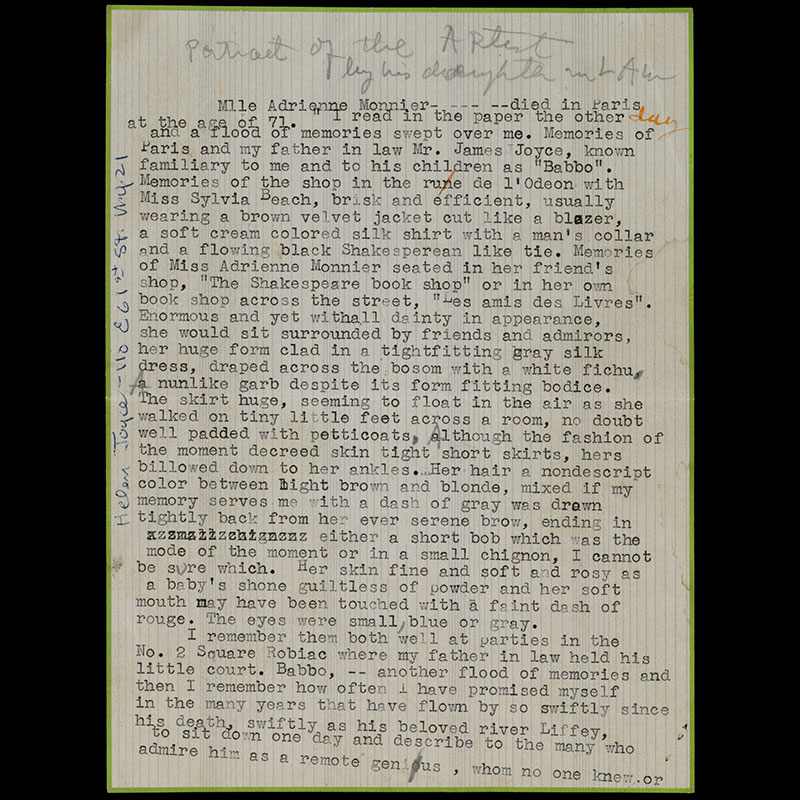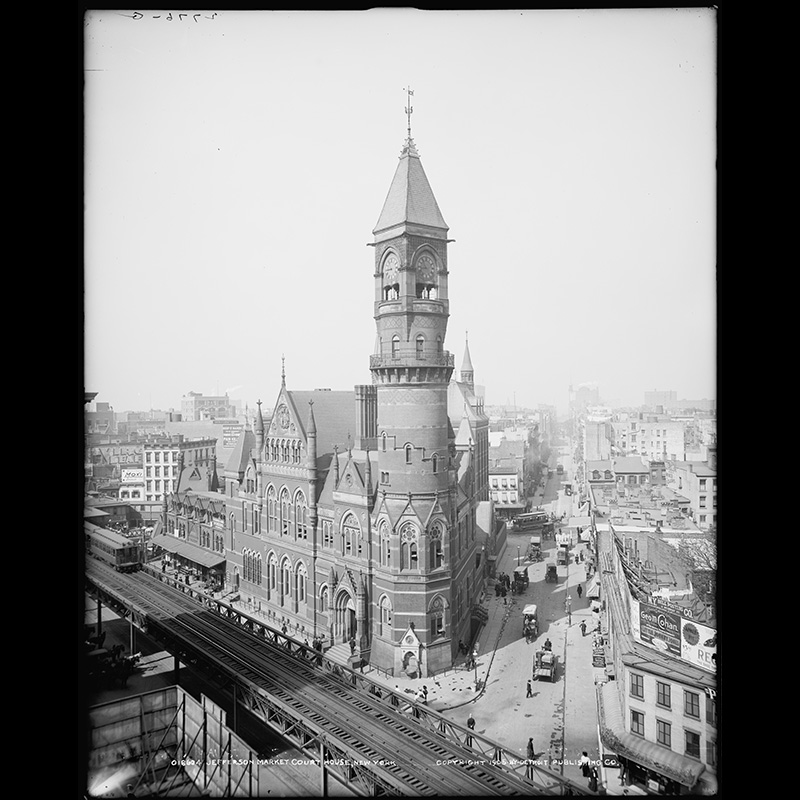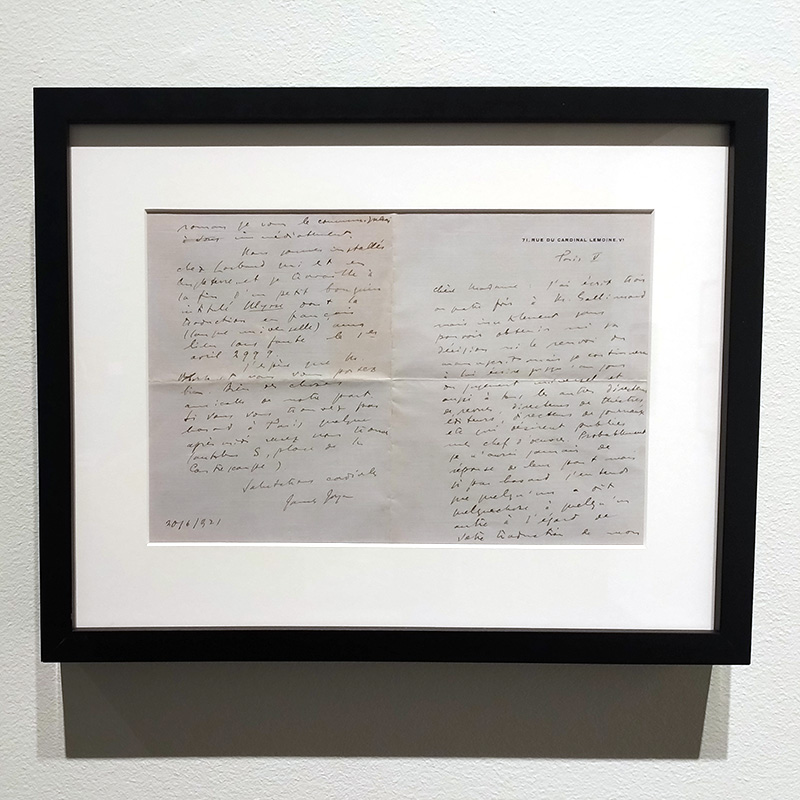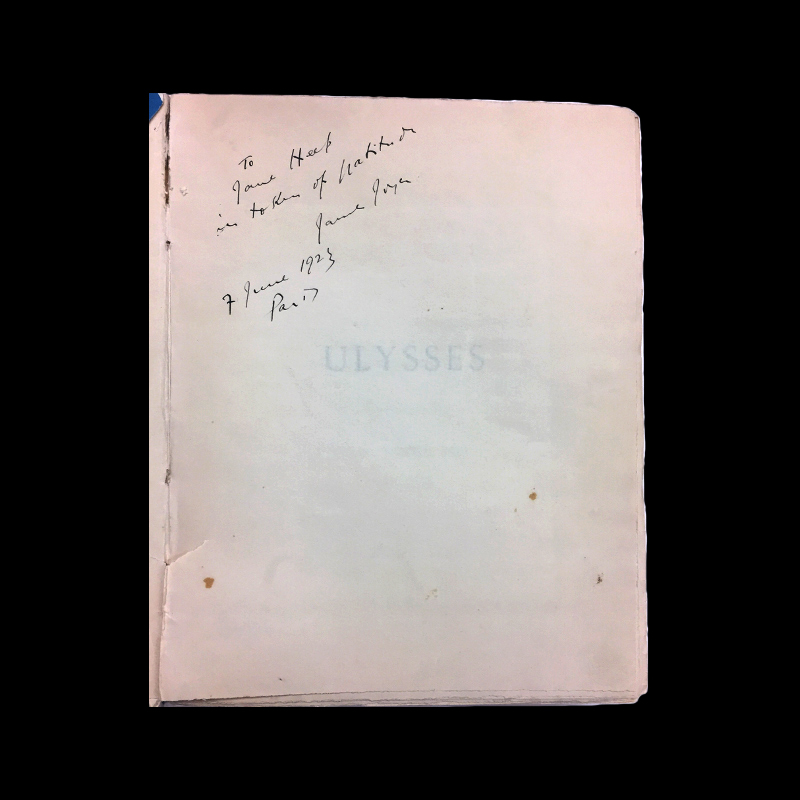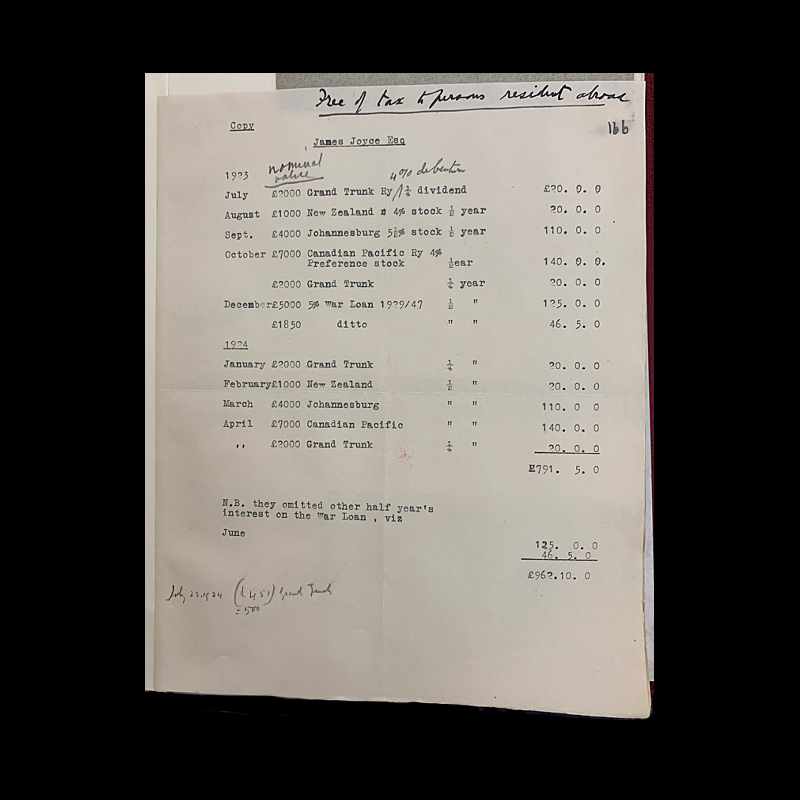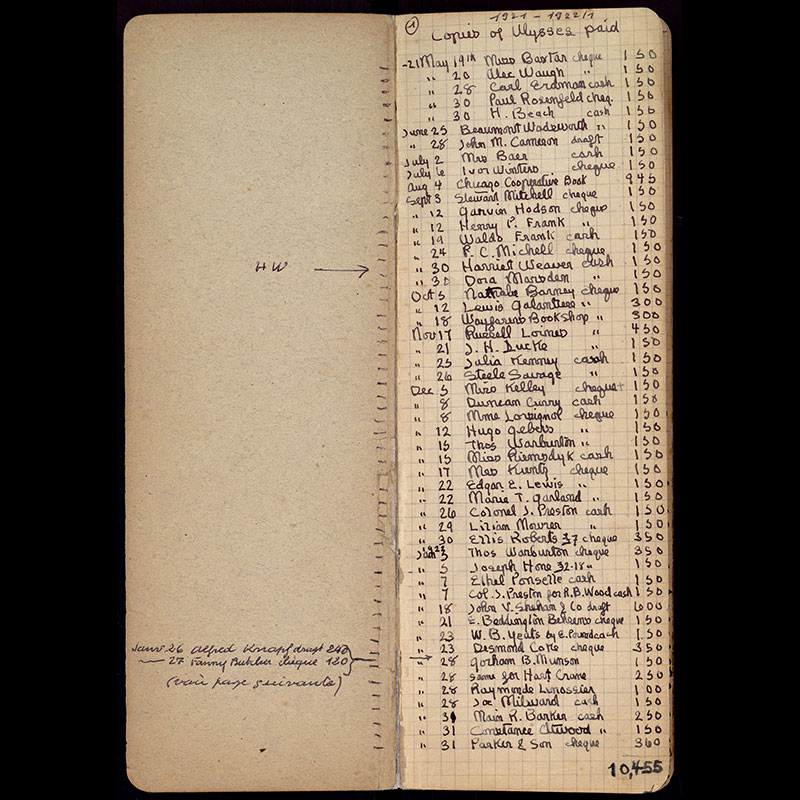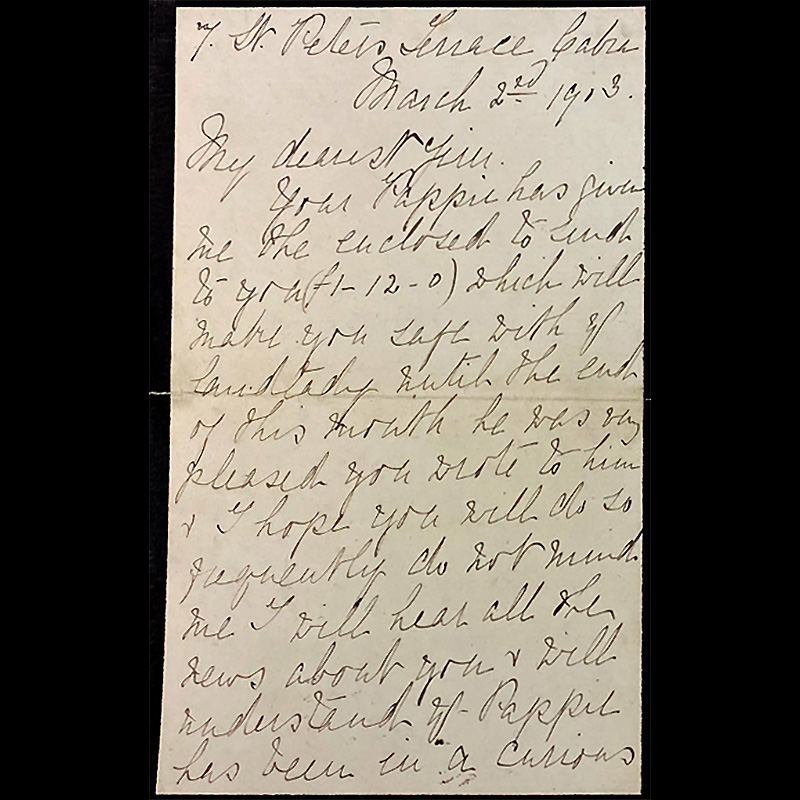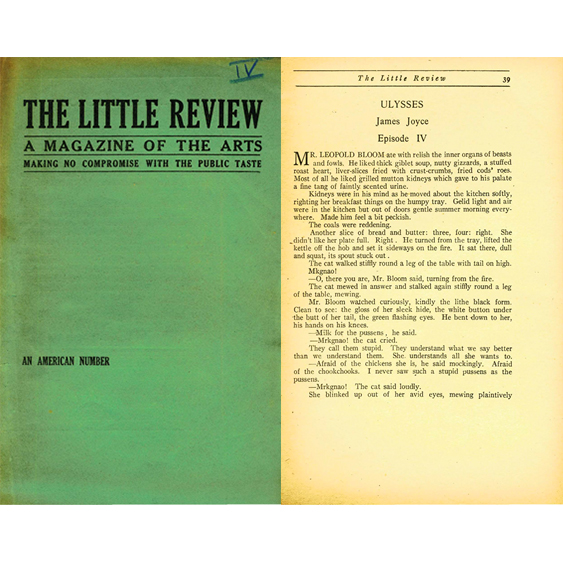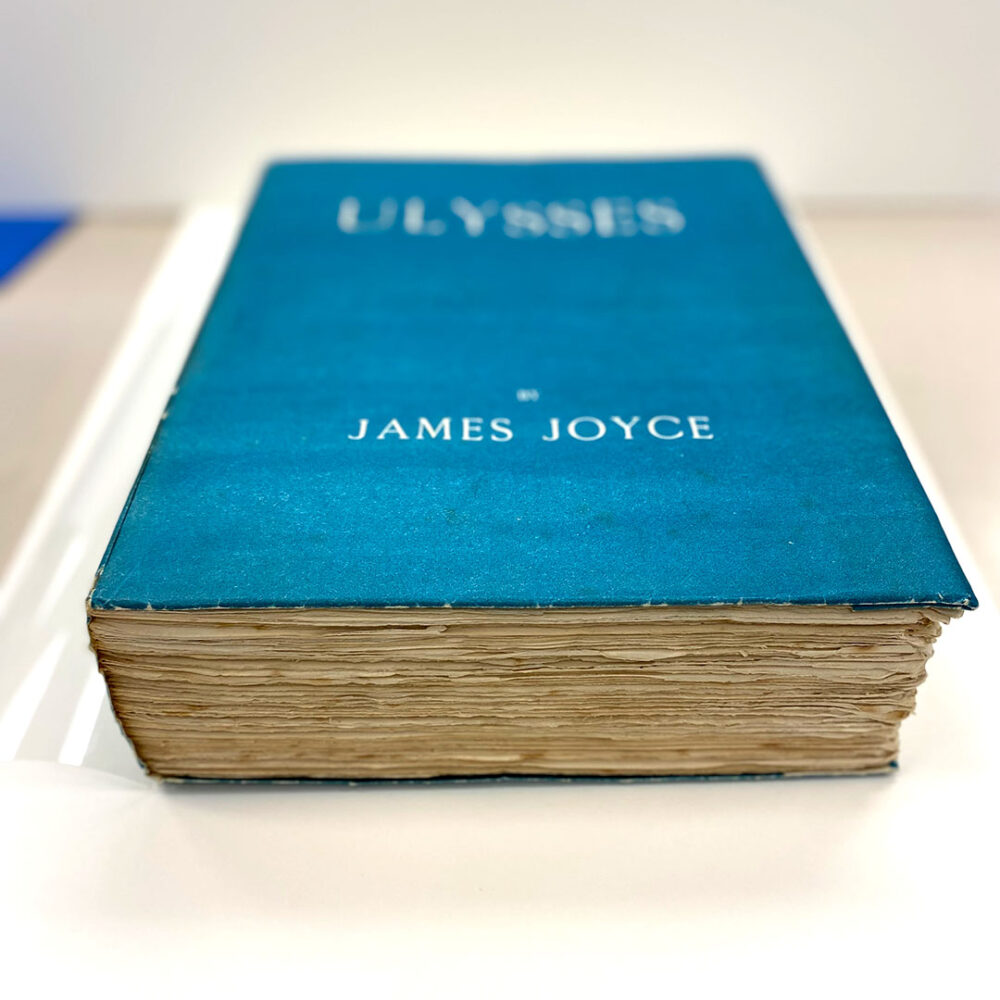
Read the tenth article in a series devoted to objects that tell the story of women who supported James Joyce and the publication of his landmark novel, Ulysses. This blog series is running in conjunction with Women and the Making of Ulysses, an exhibition on show now at the Harry Ransom Center. In this week’s instalment, Clare Hutton explores Joyce’s inspiration for Ulysses famous last chapter, in which Molly Bloom reflects upon her day. ‘None of the female characters are as clever and accomplished’, argues Hutton, ‘as the quartet of female publishers and editors who worked so hard to make the achievement of Ulysses possible: Margaret Anderson, Sylvia Beach, Jane Heap and Harriet Shaw Weaver’.
